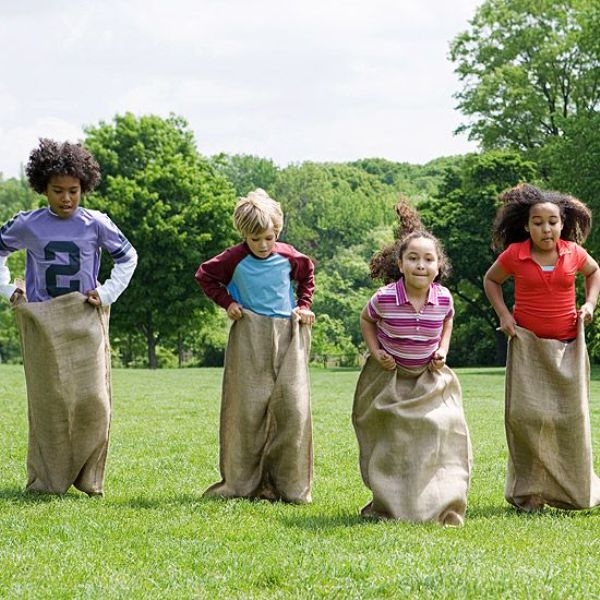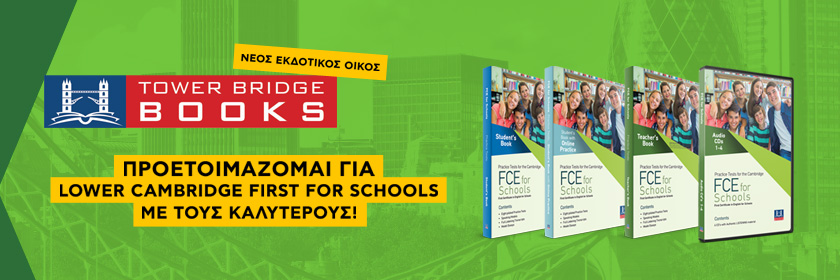It’s easy to understand why many students enjoy kinesthetic learning—they sit quietly for a large percentage of the day, and hands-on learning is a welcome alternative. Plus, there’s something about creating with your hands that beats passive learning. But is this style of learning possible in every subject area?
Certain subject areas and grades might seem more conducive to creating hands-on experiences. High school science, for instance, lends itself to experiments that give students the opportunity to participate in discovery. In elementary school, manipulatives are a regular part of the learning process.
When it comes to middle and high school English class, though, ideas for hands-on learning may not come as easily. However, by using a few readily available supplies and borrowing some ideas from the arts, there are ways to get kids to creatively engage with literature.
3 HANDS-ON ACTIVITIES FOR MIDDLE AND HIGH SCHOOL ENGLISH
Character Shapes Collage: This activity helps students think critically about characters and their relationships. You can do it any time in the course of studying a book, as long as enough major characters have been introduced—I usually use it in the middle of a unit.
The instructions I give students are simple: For each character, choose a shape, color, and size to cut out of construction paper. Arrange your character shapes on a piece of paper in a way that represents their relationships. Students then write a paragraph (or more, depending on the students and the time of year) explaining why they chose these colours, shapes, and sizes for each character and why they placed them where they did.
Before they begin, I show students an example I’ve made using another novel they’ve read. For example, I might cut out a large purple circle for Lenny from Of Mice and Men and place it immediately over a small red triangle to represent George. I explain that Lenny is a large purple circle because he is so changeable in his emotions, and he is positioned on top of George because he’s such a burden to him. George is a small red triangle because he is so emotionally volatile, and his triangle point is placed directly under Lenny because while he supports him, he is also hurtful to him sometimes.
Some of the conversations I’ve overheard while students work on this project have been remarkable in their depth of thought and analysis. I’ve heard comments such as, “Mama [in Raisin in the Sun] is a yellow circle like the sun, and I’ve placed her in the center of everyone else because she is the one in the family that everyone circles around. They count on her for happiness and to help them all continue to grow.” And, “Walter is an upside-down red triangle because he’s so intense and frustrated all the time and the future of the family balances on what he decides to do.”
Theme Sculptures: I learned about this activity from Karla Hilliard, a brilliant teacher in West Virginia. I gather up a miscellaneous craft and office supplies, such as pipe cleaners, index cards, paper clips, masking tape, construction paper, Post-it notes—whatever I have in my supply closet—and distribute them to groups of two to five students. I then instruct students to create something that represents the theme or argument of the text we’re reading. Students will ask for more clarification and teachers can add more guidelines if they wish, but I've learned that the more open I leave this assignment, the more thoughtful the results are.
I give students 20–30 minutes to work, and then one at a time each group explains their creation using a “gallery card” their group has written. These gallery cards are small index cards placed next to the works of art, and have a title, a statement of the artwork’s theme, and an explanation of how that connects to the theme of the book. The activity concludes with a gallery walk.
I have found that for a relatively short project, students pay an extraordinary amount of attention to detail, both while they’re making their creations and while discussing their ideas. I can see the stretching and growth in their thinking.
Conceptual Playdough: Playdough (or modelling clay) is a wonderful resource—not only because it can serve so many functions but because students, regardless of age, get incredibly excited when it comes out.
I recently used playdough for a variation on the Theme Sculptures activity. When my students were struggling to understand and remember their rhetorical techniques, I paired them up to build models to represent ethos, pathos, and logos.
Once again, the conversations I heard as students discussed why each concept should have a certain shape or size, this time in 3D, showed the kind of critical thinking I am constantly striving to elicit in my classroom. I was so encouraged by the results of this activity that I have since used it whenever my students are having a hard time nailing down a concept. Students have modeled a counterargument, the structure of an expository essay, Edgar Allen Poe’s style, and challenging vocabulary words.
Although these activities engage students and appeal to their love of art and play, it doesn’t really matter what students create. The value comes from putting their ideas into words and the discussions that result.








